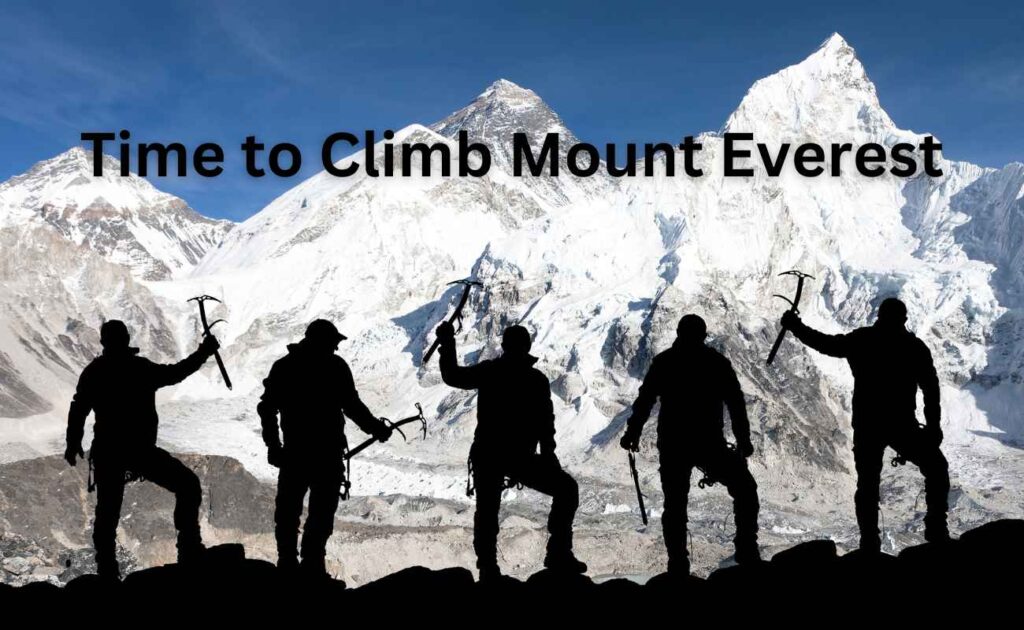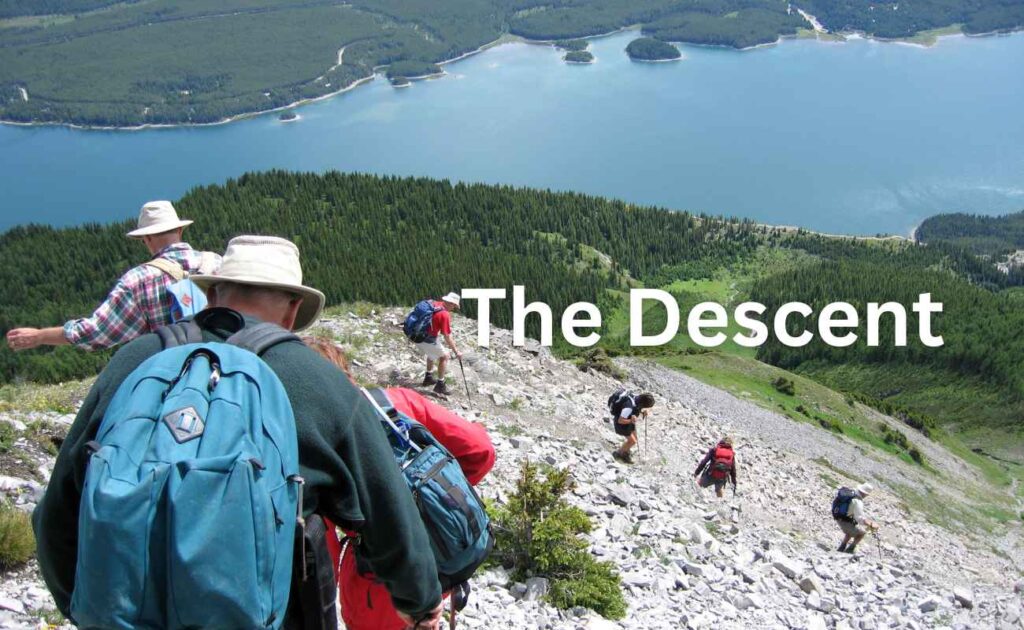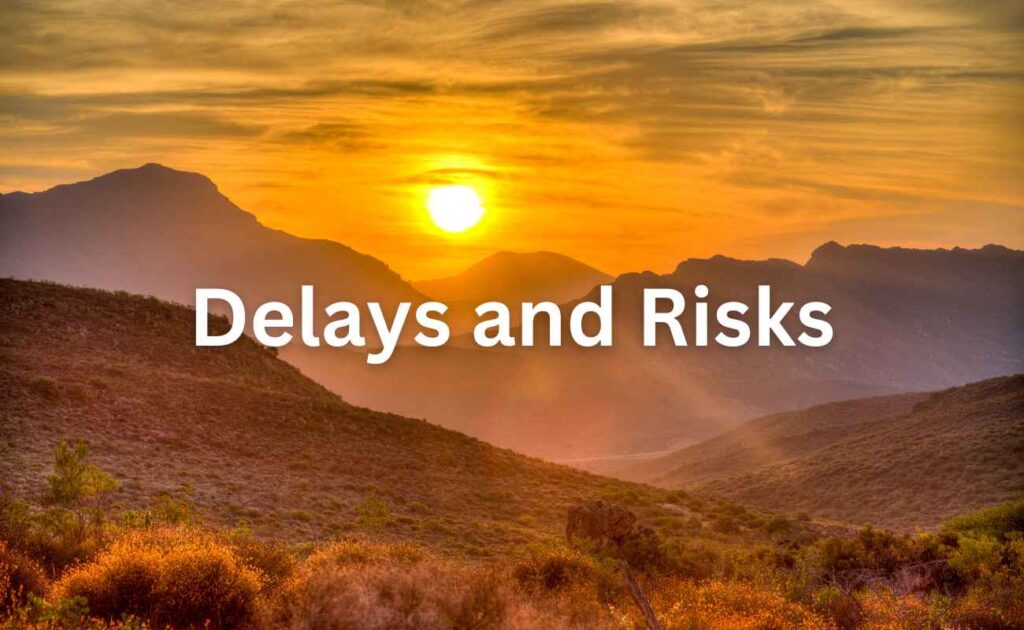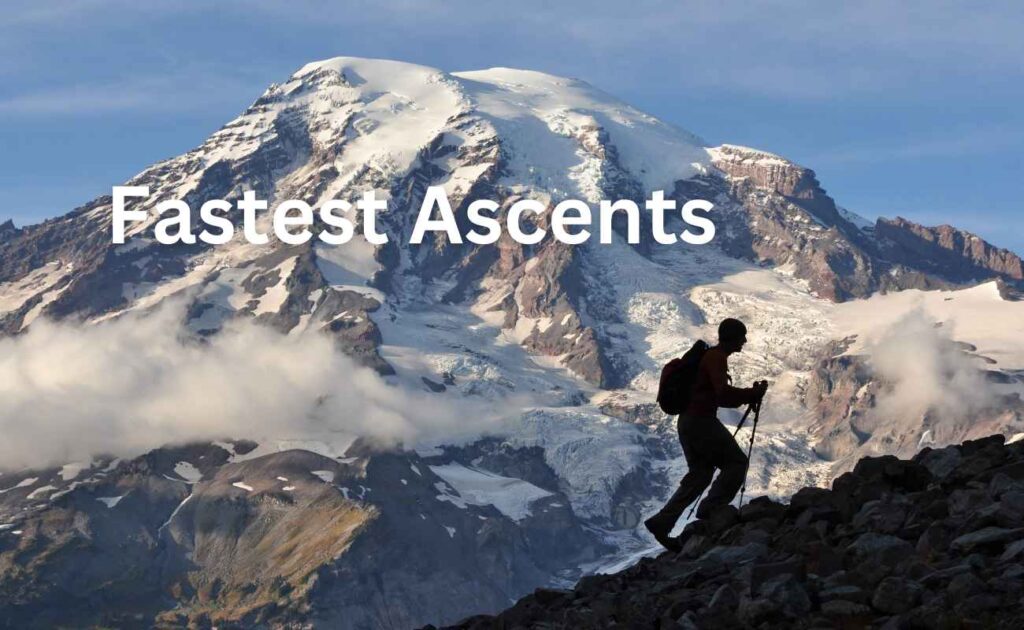Mount Everest, the tallest mountain in the world, standing at 8,848.86 meters (29,031.7 feet), is an ultimate goal for adventurers and mountaineers. Every year, climbers from around the globe attempt to conquer this giant, testing their physical and mental limits. However, climbing Mount Everest is not a task to be taken lightly, and one common question many people ask is, How long does it take to climb Mount Everest? The short answer is that the entire journey typically takes around two to three months, but a variety of factors can influence this timeframe.
The Average Time to Climb Mount Everest

A typical Everest expedition takes approximately 60 to 70 days or about two to three months. This time includes preparation, acclimatization, weather delays, and the actual climbing of the mountain.
The climb itself doesn’t take this long. The extended duration is due to the need to properly acclimatize to the high altitude, wait for favorable weather, and make multiple trips up and down the mountain between camps to get used to the thinning air. Climbers typically arrive at the base camp in early April and, if all goes well, reach the summit by the end of May.
Factors Influencing the Duration

Several factors play a role in determining how long it will take to climb Mount Everest:
Acclimatization Needs
One of the most crucial aspects of climbing Mount Everest is acclimatization. The body needs time to adjust to the decreased oxygen levels at higher altitudes. Failure to do so can lead to altitude sickness, which can be life-threatening.
Climbers usually spend weeks at base camp and higher camps to allow their bodies to gradually adapt to the environment. They make multiple trips between base camp and the higher camps before attempting the final ascent to the summit. This process, known as “rotations,” is necessary to prepare the body for the harsh conditions at the top.
Weather Conditions
Weather is perhaps the most unpredictable and dangerous factor in an Everest expedition. The mountain is notorious for its extreme conditions, including high winds, freezing temperatures, and sudden storms. Climbers often have to wait for a “weather window” a period of stable weather to attempt the summit.
The climbing season for Mount Everest typically runs from late April to early June. During this time, the weather is relatively more favorable, with less wind and slightly warmer temperatures. However, weather delays are common, and climbers must be patient, sometimes waiting for days or even weeks at base camp for the right conditions.
Physical Fitness and Experience
A climber’s physical fitness and experience also significantly impact how long the ascent will take. Experienced climbers with prior high-altitude experience may be able to acclimatize more quickly and move more efficiently between camps. In contrast, those with less experience or fitness may require more time to adjust to the altitude and could face more difficulties during the climb.
Fitness is not just about strength; endurance, stamina, and the ability to recover quickly are crucial. The higher you go, the harder it becomes to perform even basic tasks, and conserving energy becomes a priority.
Guide and Support
Most climbers attempting Everest hire professional guides and Sherpas to assist with the expedition. Sherpas, who are native to the Himalayas, are experts in navigating the mountain and carrying heavy loads. Having an experienced team can make the climb more efficient and safer, potentially reducing the time spent on the mountain.
Climbers who choose to go without guided expeditions may face additional challenges, such as navigating difficult sections of the climb or carrying their gear, which can extend the time required for the ascent.
Route Taken
There are two main routes to the summit of Mount Everest: the South Col route from Nepal and the North Col route from Tibet. The South Col route is the most popular and is considered to be slightly easier in terms of logistics and support. The North Col route is steeper and colder, but both routes require significant preparation and planning. The choice of route can affect the duration of the climb.
Stages of the Climb

Base Camp to Camp 1
Climbers spend the first several days at base camp, located at around 5,364 meters (17,598 feet), to acclimatize. From base camp, they make their way to Camp 1, which is located at around 6,065 meters (19,900 feet). This section of the climb can take 7 to 10 days, as climbers navigate the Khumbu Icefall, one of the most dangerous parts of the ascent due to its shifting ice and crevasses.
Camp 1 to Camp 2
The journey from Camp 1 to Camp 2 takes around 1 to 2 days. Camp 2, situated at 6,500 meters (21,300 feet), serves as an advanced base camp for many expeditions. This stage of the climb is relatively easier compared to the Icefall but requires significant effort.
Camp 2 to Camp 3
After acclimatizing at Camp 2, climbers proceed to Camp 3, located at 7,470 meters (24,500 feet) on the Lhotse face. The climb to Camp 3 is steep and challenging, with climbers often using fixed ropes to ascend. This stage can take another 1 to 2 days.
Camp 3 to Camp 4
Camp 4 is the final stop before the summit, located at 7,920 meters (26,000 feet) in the “death zone,” where the oxygen levels are dangerously low. Reaching Camp 4 usually takes another 1 to 2 days, and climbers typically spend very little time here before making their final push for the summit.
Summit Push
The summit push from Camp 4 to the top of Mount Everest is the most challenging part of the climb. Climbers typically set out at night to take advantage of colder, more stable weather conditions. It takes around 8 to 12 hours to reach the summit, followed by another 4 to 6 hours to descend back to Camp 4.
The Descent

Once climbers have reached the summit, they still have the difficult task of descending the mountain. Descending often takes less time, but it is equally, if not more, dangerous due to fatigue, disorientation, and the risk of injury. The descent from the summit to base camp can take anywhere from 2 to 5 days.
Delays and Risks

Common delays during the ascent include altitude sickness, avalanches, equipment failure, and overcrowding on the mountain. The risks of climbing Mount Everest are numerous, and delays can add significant time to the expedition.
Fastest Ascents

While the average climber spends weeks on the mountain, a few notable climbers have set records for the fastest ascents. Sherpa climbers, who are highly acclimatized to the conditions, have achieved remarkable feats, with some completing the climb in under 24 hours.
Conclusion
Climbing Mount Everest is a monumental challenge that requires careful planning, physical preparation, and patience. While the average ascent takes 2 to 3 months, various factors such as weather, acclimatization, and personal fitness can significantly influence the duration. For those willing to endure the journey, the reward is standing on top of the world.






GIPHY App Key not set. Please check settings